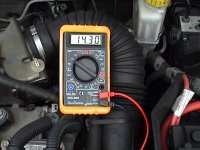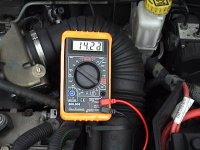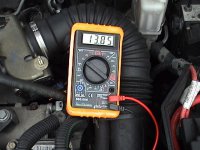Right i know this may seem like im clasping at straws, but after having the car checked over by an auto- leccy today, he was baffled too,
alternators fine
as is everything else, supposably,
but just through chance, i hit the lock button on the window switch part of the drivers door somethnig i dont do much as its on auto lock, and like clock work , it flashes every time, asr/esp lights and loose connection, hmmm, i gave the inside of the car a good polish the weekend for mitcar, and thats when its started to be honest, so have i caused a short on the switch??,
that would also explain the power drainage of the battery with the central locking being active with the engine off, , i fitted a fully charged battery last night ( charged on charger) and by this morning it only had enough charge just to turn the engine over,
might be a red herring but might as well give it a try ,
so my next question is, how do I remove the switch cluster from the drivers door card? so i can at least check the connectors and test the switch
sorry for being a pain!,
alternators fine
as is everything else, supposably,
but just through chance, i hit the lock button on the window switch part of the drivers door somethnig i dont do much as its on auto lock, and like clock work , it flashes every time, asr/esp lights and loose connection, hmmm, i gave the inside of the car a good polish the weekend for mitcar, and thats when its started to be honest, so have i caused a short on the switch??,
that would also explain the power drainage of the battery with the central locking being active with the engine off, , i fitted a fully charged battery last night ( charged on charger) and by this morning it only had enough charge just to turn the engine over,
might be a red herring but might as well give it a try ,
so my next question is, how do I remove the switch cluster from the drivers door card? so i can at least check the connectors and test the switch
sorry for being a pain!,
Last edited:




